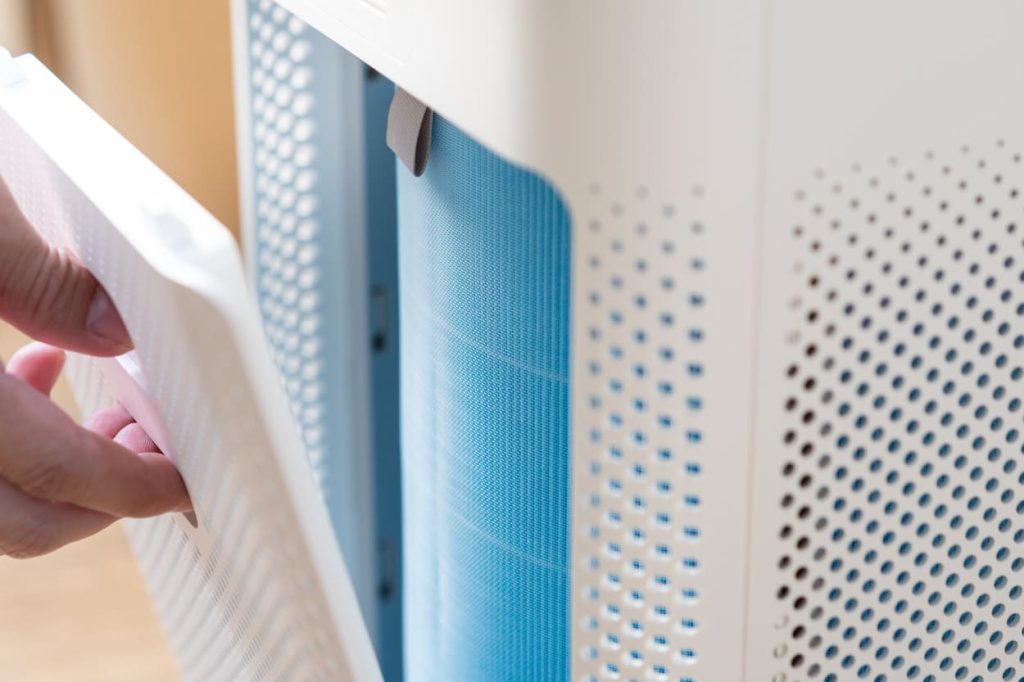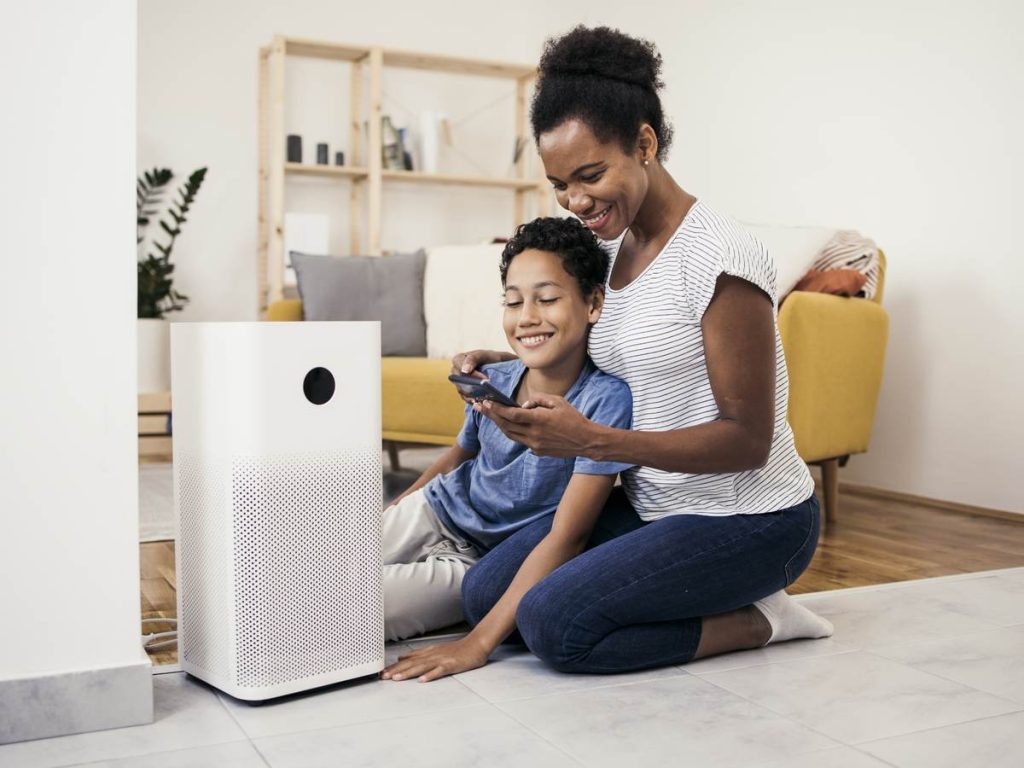Are you interested in the rules governing air purifier effectiveness? No more enigmas! This article will clarify whether the government has set any requirements or criteria for air purifiers. By learning more about this subject, you’ll have a better grasp of the standards that air purifiers must adhere to in order to provide the best performance and safety. Prepare to breathe fresher air by fastening your seat-belt!
Government Regulations Or Standards for Air Purifier Performance
Introduction
In many parts of the world, air pollution is becoming more of an issue, and people are increasingly seeking for ways to enhance the quality of the air in their homes and workplaces. Utilizing air purifiers, which are made to remove pollutants and enhance indoor air quality, is one well-liked remedy. However, how can customers be certain that the air purifiers they buy are genuinely effective given the wide range of options on the market? Government policies and performance criteria for air purifiers are quite important in this situation.
Importance of Government Regulations and Standards
Government air purifier performance standards and regulations are essential for guaranteeing that consumers have access to trustworthy and efficient goods. Without these restrictions, the market would be overrun with poor quality air purifiers that might not live up to their promises. Governments can safeguard customers from misleading advertising and guarantee that the items they buy can achieve the required air quality improvements by establishing precise performance criteria.

Regulatory Bodies
Various regulatory authorities are in charge of regulating this process in order to set and enforce rules and criteria for air purifier performance. These organizations may differ from one nation to the next, but they frequently consist of government departments or agencies with an emphasis on consumer affairs, health, or environmental protection. The Environmental Protection Agency (EPA) in the United States, the European Commission in Europe, and the National Environment Agency in Singapore are a few examples of these regulating entities.
Standards and Regulations for Air Purifiers
The rules and requirements for air purifier performance involve a number of areas that are crucial for determining the efficiency and security of these devices. Let’s look at some of the major sectors that are frequently regulated:

1. Energy Efficiency
The energy efficiency of air purifiers is a significant factor that is subject to government guidelines. These requirements are meant to make sure that air purifiers are made to use the least amount of energy possible while yet doing their job well. Regulations governing energy efficiency stop the manufacture and sale of inefficient products that might harm the environment and raise customers’ energy costs.
2. Filtration Efficiency
Another essential component of air purifiers that is subject to government guidelines is their level of filtering efficiency. In order to ensure that air purifier filters are successful at capturing and removing a variety of pollutants, such as dust, pollen, pet dander, and volatile organic compounds (VOCs), these standards establish criteria for the minimum efficiency of filters used in air purifiers. Governments can ensure that air purifiers produce the necessary level of air quality improvement by establishing filter efficiency requirements.

3. Noise Level
The noise level that air purifiers make is likewise covered by government rules. Customers may find excessive noise to be a major detriment, especially if they intend to use the air purifier in their bedroom or office. As a result, the maximum noise level for air purifiers is regulated, ensuring that these devices function silently and do not interfere with the user’s everyday activities.
4. Ozone Emissions
Government rules also control the essential aspect of ozone emissions from air purifiers. Some air filtration techniques can result in the production of ozone, a reactive gas that can be dangerous to human health in high amounts. To guarantee that air purifiers don’t endanger users’ health or add to ozone pollution, regulations set limitations on ozone emissions.

5. CADR Ratings
Government guidelines also affect the ratings of Clean Air Delivery Rates (CADR). CADR ratings assess how well an air purifier works to eliminate particular types of airborne pollutants, such as smoking, dust, and pollen. Governments establish CADR rating standards to give consumers an accurate way to assess the effectiveness of various air purifiers and make wise buying decisions.
6. Test Methods
Specific test procedures are specified in government rules for air purifier performance, and manufacturers must use them to gauge the efficacy of their goods. These testing procedures make sure that air purifiers go through thorough evaluations to determine how well they remove pollutants and to confirm that they are in conformity with other legal criteria. Governments can confirm that the air purifiers on the market meet the stated performance standards by standardizing the testing procedure.

7. Labeling Requirements
Government restrictions for air purifier performance also include labeling requirements, which are significant. These specifications make sure that crucial information, such as energy efficiency ratings, filtration efficiency, noise levels, and ozone emissions, are accurately labeled on air purifiers. Consumers may evaluate products and make educated decisions based on their own needs and preferences thanks to standardized, clear labeling.
8. Certification Programs
Programs for air purifier certification may also be established by government regulations. Through these initiatives, independent organizations evaluate and certify that air purifiers meet performance standards. Consumers are given an additional level of comfort through certification that the goods they buy adhere to strict quality and safety standards.
9. Market Surveillance and Enforcement
Governmental organizations also monitor the market and enforce the set standards to ensure compliance with laws and regulations. The market for air purifiers will be periodically inspected and tested, and any manufacturers found to be creating or marketing non-compliant goods will face penalties. Governments can preserve the integrity of the air purifier market and safeguard customers from shoddy or dangerous products through market surveillance and enforcement.
10. International Standards
International standards for air purifier performance may also be reflected in governmental regulations. Harmonized standards enable for consistency and interoperability between several nations in a market that is becoming more and more global. International standards guarantee that air purifiers work to a given standard regardless of where they are made or sold, fostering fair competition and giving customers access to consistently high-quality goods.
Conclusion
In order to ensure that consumers have access to trustworthy and efficient products, government laws and standards for air purifier performance are quite important. These regulations address a variety of topics, including market monitoring, international standards, test procedures, labeling requirements, energy efficiency, filtration efficiency, noise level, ozone emissions, and CADR ratings. Governments safeguard consumers from misleading advertising, advance environmental sustainability, and help to improve indoor air quality on a worldwide scale by implementing these restrictions. For the best results, search for air purifiers that adhere to government norms and guidelines the next time you’re in the market for one.

